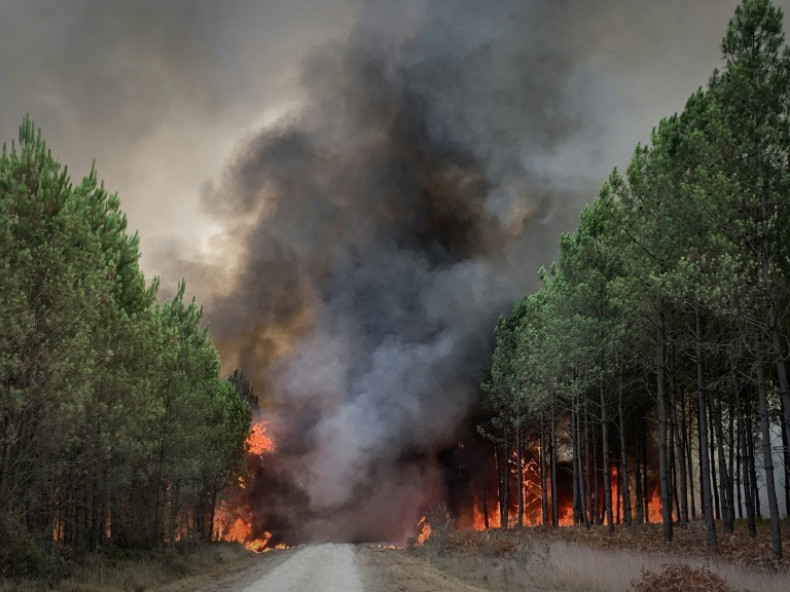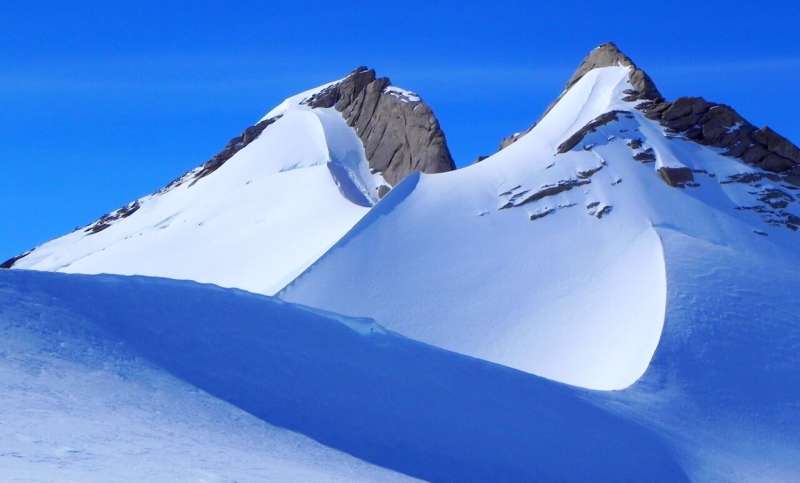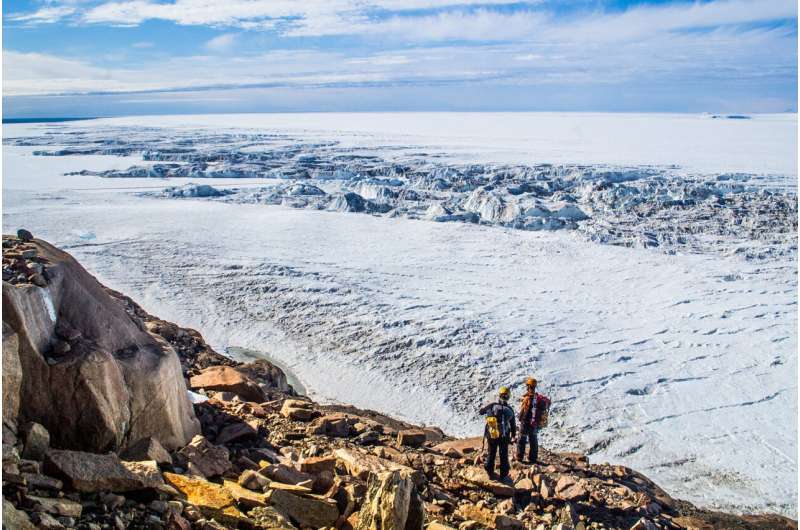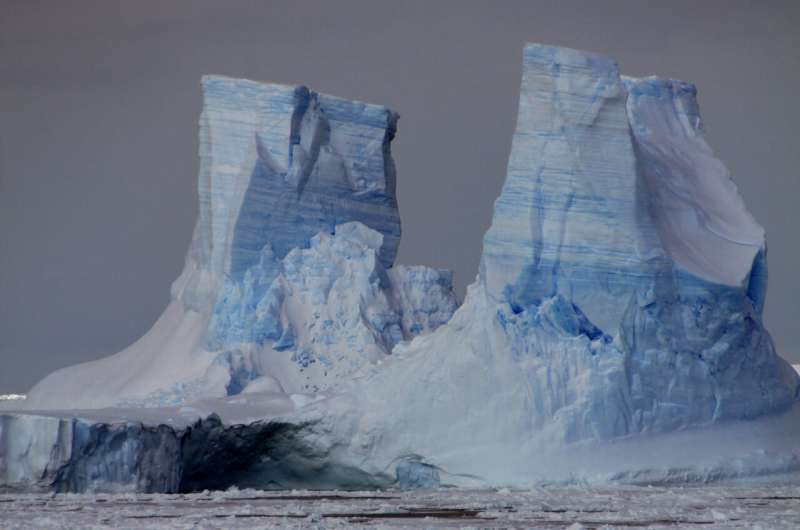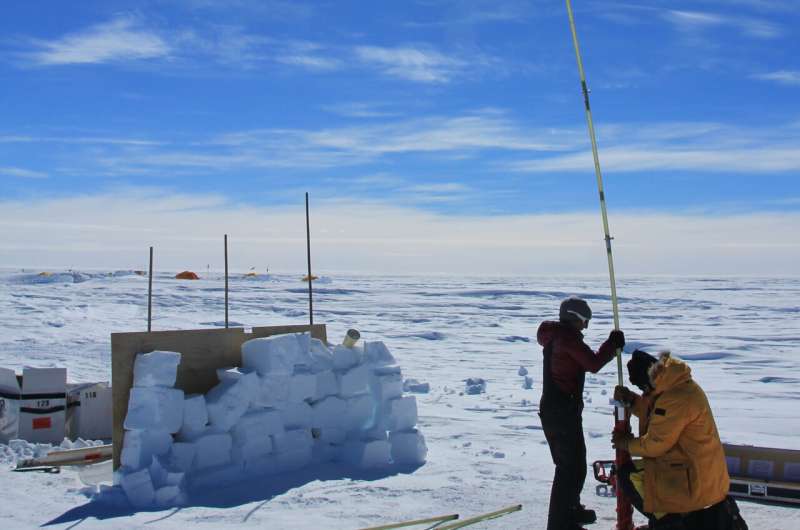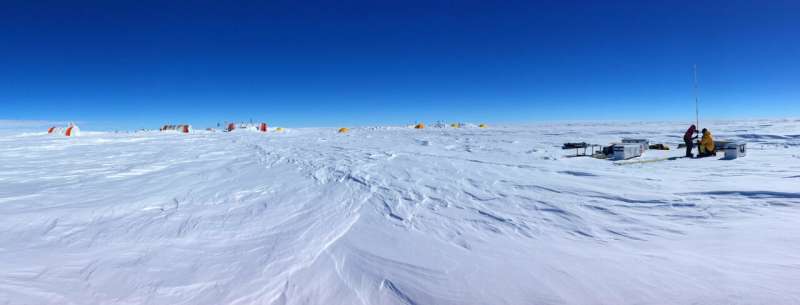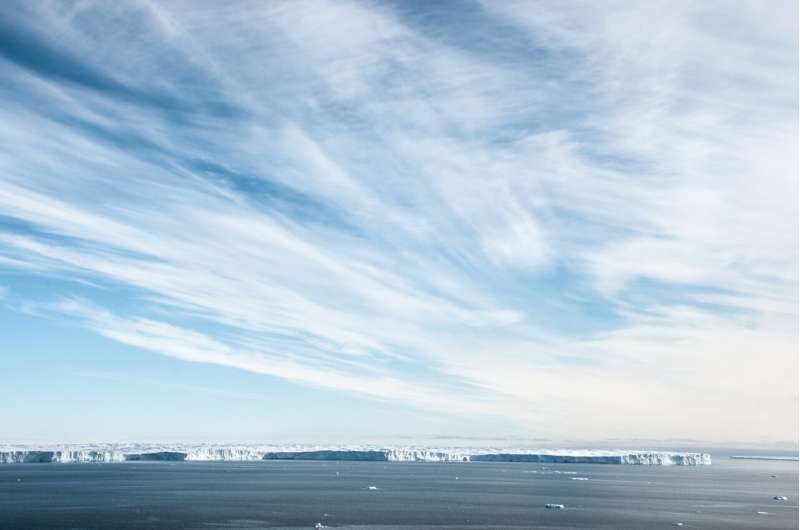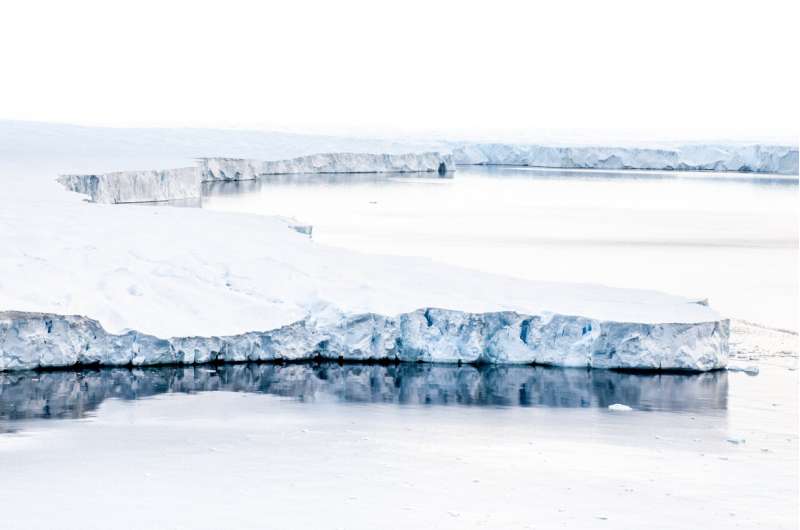KURDISTAN BY ANY OTHER NAME
All Hopes Are Dashed For International Oil Companies In North Iraq
- IOCs get blacklisted from operating in Iraqi Kurdistan.
- Two landmark legal rulings made in February by the Supreme Court of the Federal Government of Iraq in Baghdad paved the way for blacklisting the IOCs.
- The withdrawal from parliament of Moqtada al-Sadr and his 73-member power bloc has caused chaos in Baghdad.
Any hopes held by international oil companies (IOCs) that the Baghdad-based Federal Government of Iraq (FGI) was just bluffing about blacklisting IOCs operating in the semi-autonomous Kurdish region of Iraq have been dashed. A letter sent on 12 June by Hassan Muhammad Hassan, the deputy director general of the state-run Basra Oil Company (BOC) called on ‘all lead contractors and sub-contractors’ of IOCs working in Iraqi Kurdistan to pledge that they would no longer work in Kurdistan and that any current contracts should be terminated within three months. This has been followed up in the last few days with an order from the BOC director general, Khalid Abbas, to ‘all lead contractors’ that orders them to ‘suspend dealing with the following subcontractors and never invite them to any future works or projects in BOC oil fields as per the licensing contracts signed with your companies.’ According to local reports, multiple oil companies working in the northern Iraq Kurdistan region (including DNO, Western Zagros, Gulf Keystone, Genel Energy, and ShaMaran Petroleum received a letter on 19 May summoning them to appear at the Commercial Court in Baghdad on 5 June), whilst the most notable of the four IOCs blacklisted a few days ago was U.S.-Irish oilfield services giant, Weatherford International, according to Iraq news sources.
These moves were all presaged by two landmark legal rulings made in February by the Supreme Court of the Federal Government of Iraq in Baghdad, analysed in depth at the time by OilPrice.com. The first of these is that sales of oil and gas by the government of the semi-autonomous Kurdish region of Iraq (the KRG), based in Erbil, done independently of the central government in Baghdad, is unconstitutional and that the KRG must hand over all oil production to the Federal Government of Iraq, represented by the Ministry of Oil. The second ruling, and an even greater direct threat to all oil and gas operations of IOCs operating in the northern region, is that the Ministry of Oil has the right to: “Follow up on the invalidity of oil contracts concluded by the Kurdistan Regional Government with foreign parties, countries and companies regarding oil exploration, extraction, export and sale.”
Legally, the issue of what oil (and gas) resources the Kurdistan region in the north or the Federal region in the south owns is unclear. According to the KRG, it has authority under Articles 112 and 115 of the Iraq Constitution to manage oil and gas in the Kurdistan Region extracted from fields that were not in production in 2005 – the year that the Constitution was adopted by referendum. In addition, the KRG maintains that Article 115 states: “All powers not stipulated in the exclusive powers of the federal government belong to the authorities of the regions and governorates that are not organised in a region.” As such, the KRG maintains that as relevant powers are not otherwise stipulated in the Constitution, it has the authority to sell and receive revenue from its oil and gas exports. The KRG also highlights that the Constitution provides that, should a dispute arise, priority shall be given to the law of the regions and governorates. However, the FGI in Baghdad and Iraq’s State Organization for Marketing of Oil (SOMO) argue that under Article 111 of the Constitution oil and gas are under the ownership of all the people of Iraq in all the regions and governorates.
A practical solution to this enduring legal problem was agreed on by both sides in November 2014 and the agreement was that the KRG in the north would export up to 550,000 barrels per day (bpd) of oil from the northern region of Kurdistan’s oilfields and Kirkuk via the Baghdad-based SOMO in the south. In return, Baghdad would send 17 percent of the federal budget after sovereign expenses (around US$500 million at that time) per month in budget payments to the Kurds. Although apparently fair to both sides, the agreement rarely functioned as it should, with the KRG frequently, and accurately, being cited by the FGI in Baghdad of selling oil independently of SOMO, as per the agreement, and the FGI in Baghdad being cited frequently, and accurately, by the KRG of not dispersing the requisite funds from the budget on time or in the correct amounts. This already difficult situation was complicated further by the involvement initially of Iran and then of Russia after it effectively took control of the northern Iraq oil sector in 2017, as analysed in-depth in my latest book on the global oil markets. The unwillingness of the FGI in Baghdad to upset Iran in the first instance, given the ongoing influence that Tehran exerted over Baghdad via its military, economic, and political proxies, and then not to offend Russia, given its deadly build-out of influence across the region from that point in 2017, meant that no effective substitute deal for the 2014 agreement was made.
Two key events, though, have conspired to give Baghdad the confidence to take the harder line on the KRG that the oil market is now seeing. The first of these was the U.S.’s ‘end of combat mission’ in Iraq in December 2021, and its similar withdrawal from Afghanistan a few months earlier – seen together by many leaders in the Middle East (and China and Russia) as a signal of a broader retreat by Washington from long-running political, economic, and military missions without a clear end-goal in sight. Indeed, former U.S. President Donald Trump had said as much not long before: “We are restoring the fundamental principles, that the job of the American soldier is not to rebuild foreign nations but defend and defend strongly our nation from foreign enemies. We are ending the era of endless wars. In its place is a renewed, clear-eyed focus on defending America’s vital interests. It is not the duty of U.S. troops to solve ancient conflicts in faraway lands that many people have never even heard of. We are not the policemen of the world.” The second factor that has emboldened Baghdad has been Russia’s increasing marginalisation in the global geopolitical mix since it invaded Ukraine in February.
These two factors together appear to have catalysed Baghdad’s resolve to move to consolidate all of Iraq’s oil and gas industry into one countrywide hydrocarbons sector from now on, administered from Baghdad, regardless of any considerations relating to the KRG in the north. The marginalisation of both the U.S. and Russia, at least overtly and at least for the time being, also appears to be a key factor behind the withdrawal from parliament of Moqtada al-Sadr and his 73-member power bloc, the largest in the legislative body. His calls for new elections are part of what he regards as a no-lose situation for him, according to a senior Iraq political source spoken to by OilPrice.com last week. “On the one hand, if they go ahead, then he can expect his bloc to gain even more seats, but if they don’t then there is no head of government, which means he [al-Sadr] still calls the shots,” he said.
Precisely what al-Sadr wants longer-term is difficult to pin down, the source added, but – despite the firebrand cleric leading countless bloody and effective assaults against U.S. troops from 2003 to 2008 and opposing several Iranian initiatives in Iraq – it may be that he is more of a pragmatist than is widely assumed. “Fundamentally, he does believe in one Iraq - and one Iraq only - not beholden to any other country, and free from any such external political interference, but he is clever and pragmatic, and he knows how to make deals with those who can sponsor him to the top leadership position for a long period of time, and that is where we are now,” the source concluded.
By Simon Watkins for Oilprice.com

